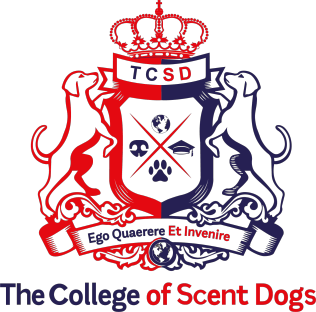Scentwork in Rescue?
Scentwork in rescue centres
It is important for all dogs to have cognitive enhancement. Scentwork is an important addition for rescue dogs.
I was recently asked about a past webinar I presented during lockdown regarding the benefits of scent work, specifically for rescue or rehoming centres. I appreciate these requests as they allow me to revisit past webinars and see where we can improve upon the information presented.
One particular slide emphasises that time and money are limited resources for caring for the dogs in rescue/rehoming. Staff must balance cleaning kennels, feeding, vet visits, laundry, and helping new residents find homes while providing adequate physical and mental stimulation. Simply walking the dogs can sometimes be insufficient and even counterproductive, causing stress rather than relieving it.
However, scent work is a natural activity that allows dogs to learn, feel good, and become satisfyingly tired, igniting the seeking system and providing that valuable cognitive enhancement, that a simple rushed walk around the field cannot.
Is it all about training the dog to find a specific scent, in an ideal world, my answer would be ‘Yes, of course!’ However, I bring you back to the time and the money in dedicating staff members to become scent dog trainers. How can we approach this problem ‘Naturally’ by allowing the dogs to be involved with simple and natural scent detection? I believe the solution is to create a designated area for scent detection, utilizing natural scent detection methods, for example, planting an area with suitable scent-based plants, here are a few examples.
Birch – is known to help with muscular and inflammatory pain.
Catnip - good for its relaxing properties and stimulates playfulness in dogs.
Lavender – is known to encourage scar tissue regeneration.
Marigolds – are often selected by animals experiencing grief or emotional distress.
Meadowsweet - often selected by animals with digestive problems, arthritis, and rheumatic conditions.
Peppermint – is good for its cooling properties and is often selected by animals with skin irritations. It can also be offered as an aid for training,
Valerian – is often selected by anxious dogs for its calming effect.
Wheatgrass - nervous, anxious animals and exhibit hyper behaviours often select wheat grass.
Willow - animals in pain often select willow bark.
Also, don’t forget we can make these areas so exciting for dogs with different heights and surfaces. The rest is your imagination.

